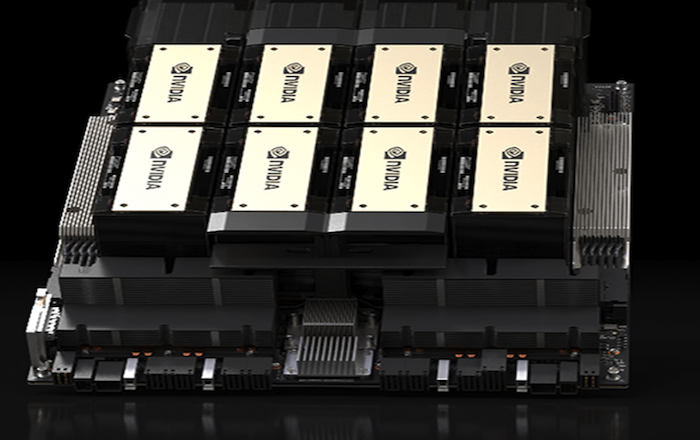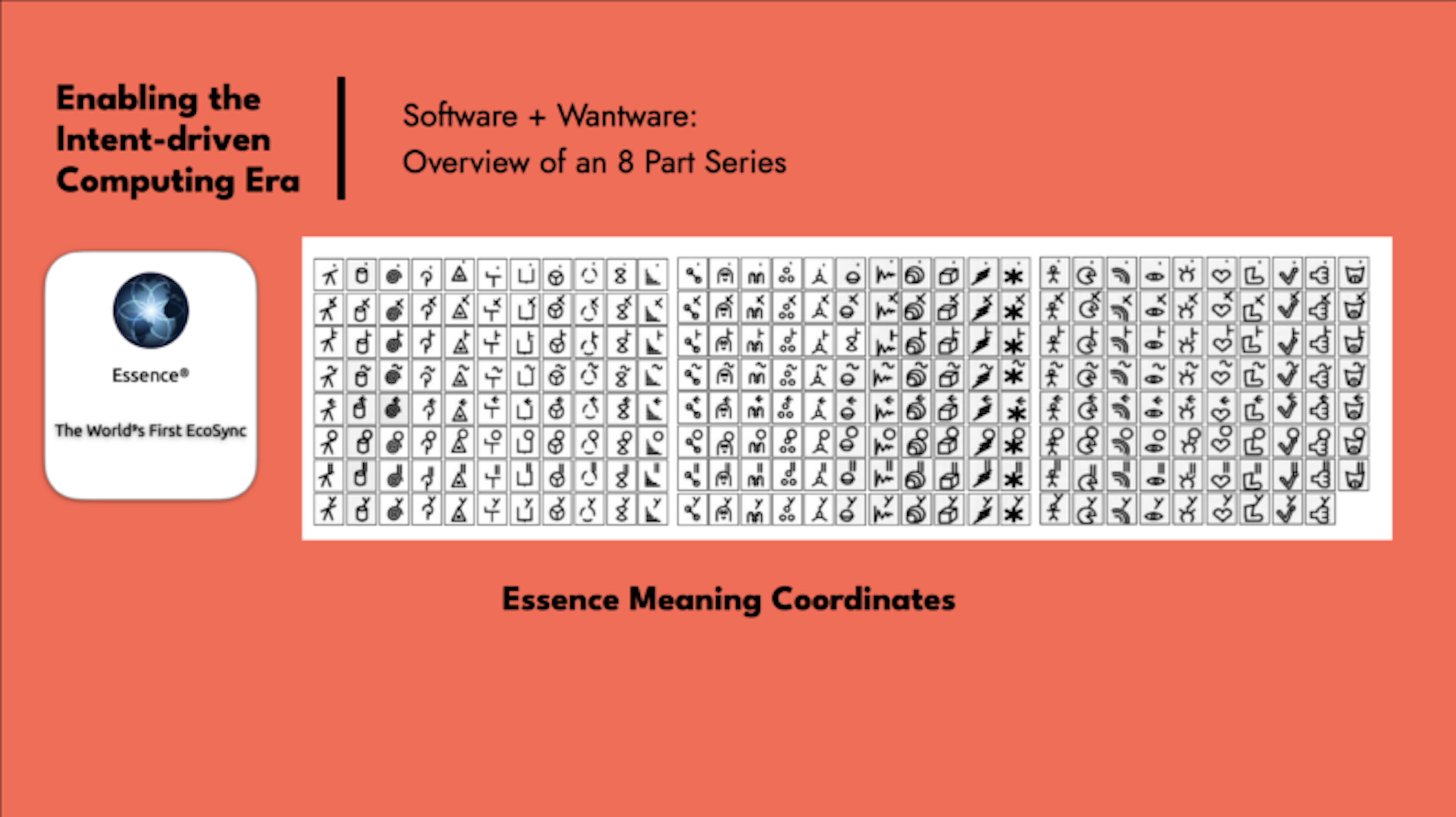Introduction:
Software design is a critical aspect of creating user-friendly and visually appealing applications. Designers play a pivotal role in shaping the user experience, and their creativity can make or break a software product. With the introduction of wantware—an intent-driven computing platform—designers are finding new ways to express their creative ideas directly in software design. In this article, we’ll explore how wantware empowers designers and fosters innovation in software interfaces.
The Traditional Design Process:
In conventional software development, the design process often involves a multi-step workflow:
- Design Brief: Designers receive a design brief outlining project requirements.
- Wireframing: Designers create wireframes or prototypes using specialized design software.
- Handoff to Developers: Once the design is finalized, designers hand off their work to developers, who then translate the design into code.
- Review and Revisions: Designers and developers collaborate to ensure the design is implemented accurately, often requiring iterative changes.
Challenges in Traditional Design:
While the traditional design process has been effective, it has its challenges:
- Interpretation Gap: Designers must rely on developers to interpret their vision accurately, which can lead to misunderstandings and revisions.
- Lack of Direct Control: Designers have limited control over the final user interface once the handoff occurs.
- Iterative Nature: Iterative feedback loops can extend project timelines and introduce complexities.
Empowering Designers with Wantware:
Wantware revolutionizes the design process by empowering designers to express their creative ideas directly.
Here’s how:
- Intent-Driven Design: Wantware allows designers to convey their design intentions in plain language, removing the need for wireframing or design software.
- Real-Time Visualization: Designers can see their ideas come to life in real-time, making adjustments and refinements on the fly.
- Collaboration with Developers: The intent-driven approach fosters collaboration between designers and developers, reducing interpretation gaps.
- Rapid Prototyping: Wantware accelerates the prototyping process, enabling designers to experiment and iterate quickly.
- Transparency: Designers have full visibility into how their design intentions translate into machine instructions, ensuring precision.
Fostering Innovation:
With wantware, designers are no longer limited by the constraints of traditional design workflows. They can explore innovative concepts without the barriers of code or specialized software. This newfound freedom encourages creative thinking and enables designers to push the boundaries of software design.
Conclusion:
Wantware is transforming the software design landscape by unlocking the full creative potential of designers. By allowing them to express their ideas directly in an intent-driven environment, wantware fosters innovation, streamlines collaboration, and accelerates the design process. As software interfaces continue to evolve, wantware is at the forefront of empowering designers to create groundbreaking user experiences.























Leave A Comment